No backup position on a football team causes more anxiety than at quarterback. A sense of insecurity there can lead to panicked analysis from onlookers and sometimes even panic moves from organizations. After the last few years, no team has earned the right to panic more than the Dallas Cowboys.
In 2015, they watched an entire season go down to the tubes because Brandon Weeden, Matt Cassel, and Kellen Moore were all unable to provide solid play after Tony Romo’s injury. The very next year, Dak Prescott was beyond solid as he quarterbacked the Cowboys to a 13-3 record and contender status.
After living through the agony and ecstasy of what QB2 can do so recently, it’s understandable that Dallas management and fans might be more focused on the position than any other team. I even get why you might be quick to turn on Cooper Rush after a slow preseason.
Everyone wants the next Nick Foles on their roster, but the truth is that you won’t know it in August. Watching Rush and Mike White play with second and third-string talent and against similar competition isn’t going to show you what they could do if they had to replace Dak Prescott in the regular season.
The Eagles didn’t know Foles could win them a Super Bowl before it happened, anymore than Dallas knew Dak Prescott would be a rookie phenom. Both teams assumed, logically, that their chance to compete ended when Carson Wentz and Tony Romo went down.
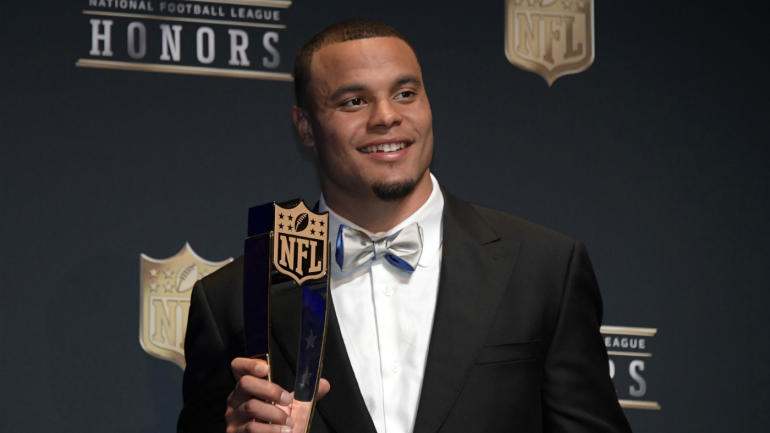
The great backup QB stories in NFL history occurred because they were unexpected. Whether it was saved seasons like with Foles and Prescott, or a single game like Jason Garrett’s 1994 Thanksgiving Day heroics as the Cowboys’ third-stringer, these came out of nowhere and are memorable for that very reason.
One player who encapsulates both sides of this topic is former Cowboy, Patriot, Bill, Chief, Titan, Viking, and current Lion Matt Cassel.
The journeyman QB will forever be remembered for his storybook 2008 season with New England, where he had to replace an injured Tom Brady in Week One and got them to 11-5. Almost any other year, that record gets you into the playoffs. But the Patriots missed on tiebreakers in their division and on wild cards.
Cassel flipped that big year into a chance to start in Kansas City, but he wasn’t the same guy. After flaming out there, he bounced around as other teams hoped they might restore the magic that the Patriots had for one great season.
When Tony Romo went down in 2015, Dallas immediately traded to acquire Cassel from Buffalo. Even thought they’d had Brandon Weeden the year before and went into that season with him as the returning backup, their true faith in him showed.

Weeden got a few more games while Cassel learned the playbook, and then the switch was made. But the results stayed the same, both in wins and losses and just the general performance from the QB position. Eventually, Cassel was dumped for Kellen Moore.
Dallas clearly thought they were getting an upgrade when they acquired Cassel. They gave up a fifth-round pick for him, plus dumped the year-plus they’d spent working with Weeden.
But the truth about guys like Cassel and Nick Foles is that they’ll only thrive when circumstances around them are ideal. They need the right system and teammate talent to be able to perform.
And who knows, maybe we’ll be saying that one day about Dak Prescott.
But right now, that is the dilemma when it comes to Cooper Rush and Mike White and their fitness to be the backup quarterback. Could one of them have a magical season if they were playing behind an All-Pro offensive line and working with the first-team weapons?
The alternative is to go try to find another guy like Cassel, whose past success gives you more confidence in potential performance. But that’s exactly what Dallas did in 2015 and we saw the result.
Now you might argue, “you’ve got nothing to lose.” But is that really true?
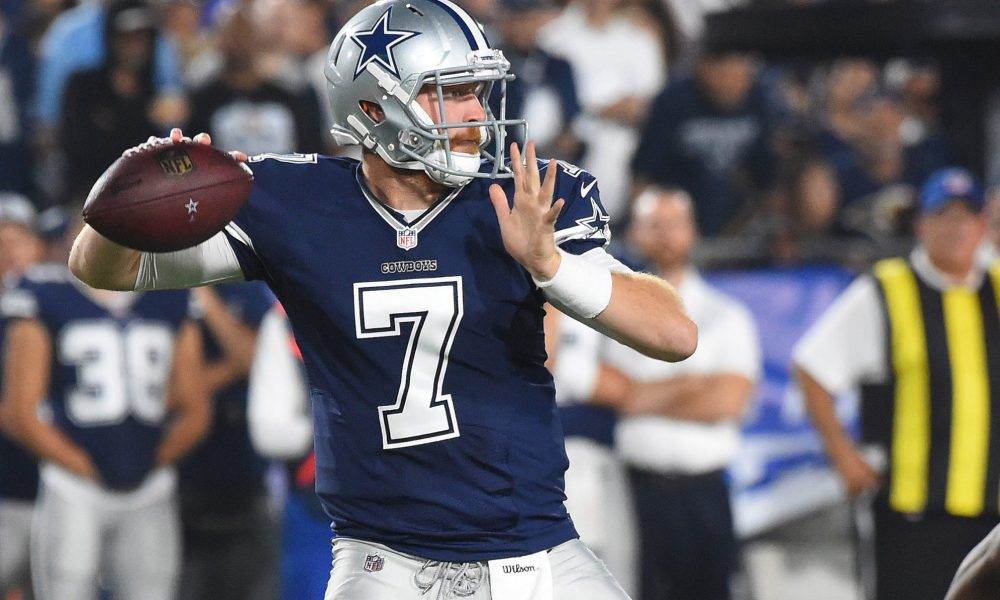
Bringing in some journeyman veteran pushes Rush and White further away from development. It also pushes one of them off the roster, and I don’t know if either would last on the practice squad.
But let’s take Rush for example. You won’t get to see him step in for Prescott and perhaps show the spark we saw in the 2017 preseason. You won’t see what Cooper can do when he’s not running for his life behind second-string linemen.
You’ll never get to see his full potential, and neither will any other team. You won’t get to maybe trade him someday for a Day 2 draft pick.
That’s highly optimistic, of course, but it’s still a possibility. You eliminate any potential of that happening if you keep relying on veteran band-aids.
“Progress stopper” can be an overused cliché in roster analysis but it really does apply here. Not only are your young prospects getting less opportunity to work with the starters, but you’re also stunting the growth of their market value.
There will be some experienced veteran QBs who’ll become available this week, guys who on paper sound like upgrades over Rush and White. Heck, maybe Matt Cassel will be one of them.
But the decision to sign one of them, and push your other guys down the ladder, is weightier than you think. You just might be losing more than you gain.



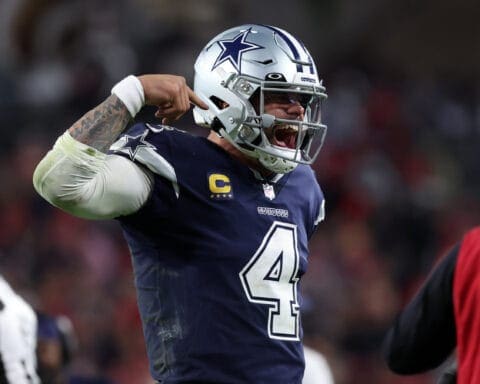
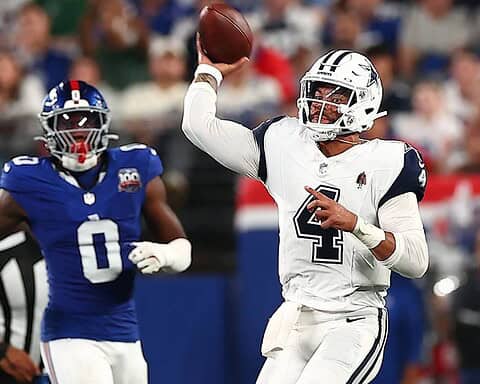



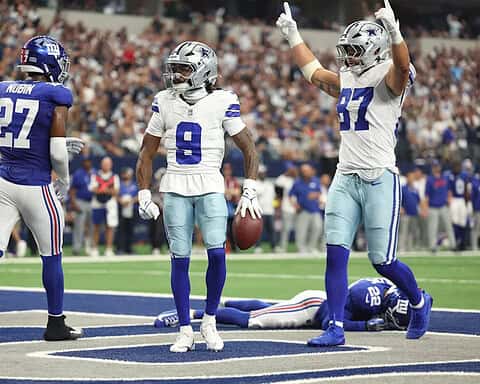
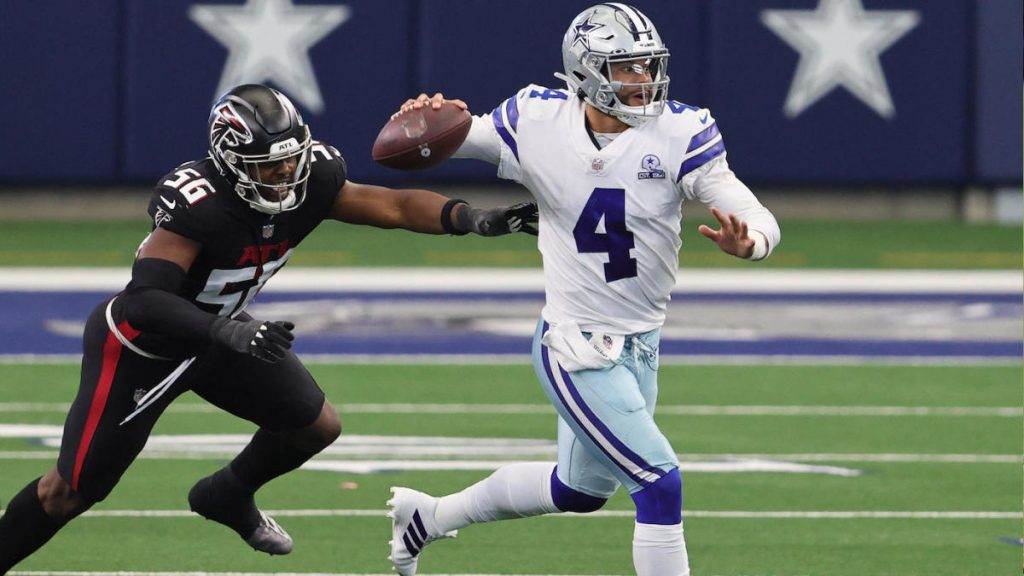
Even the starting qb gives a reason to panic!
If i had the choice of possible bubble QB’s who might be available soon, it would be RGIII but that’s just my opinion.